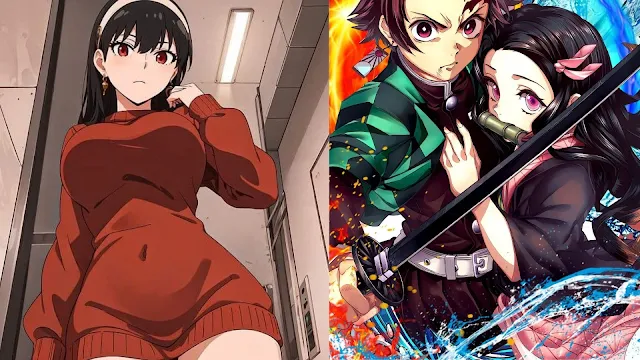Ecchi vs Shonen Anime: Understanding the Key Differences
Japanese animation encompasses diverse genres catering to specific audience tastes. Two popular categories include Ecchi and Shonen anime. But what defines them individually, and what exactly sets them apart?
Defining Ecchi Anime
Anime with Ecchi incorporate suggestive sexual themes mainly for comedic purposes rather than pure eroticism. Though explicit content exists, the emphasis stays on outrageous situations designed to embarrass characters and amuse viewers through light perversion.
Visual gags, innuendo-laced dialogues, and compromising mishaps drive plots allowing taboo themes in a palatable format through humor. These anime usually integrate romance and fan service as well. Signature Ecchi anime include Heaven’s Lost Property, Monster Musume, and High School DxD.
Defining Shonen Anime
Shonen refers to anime marketed towards young male audiences, with action, adventure, and battle themes. They feature hot-blooded passionate protagonists overcoming rivals and villains through combat, teamwork, and/or superhuman abilities. Common tropes involve combat tournaments, monster hunting, ninja clans, and magic academies.
Regular adolescent boys feature commonly as audience surrogates. Lead characters train extensively to achieve skill mastery making them aspirational yet relatable. Plot progression usually follows serialized adventure arcs rather than episodic storylines. Classic examples include Dragon Ball Z, Naruto, My Hero Academia.
Key Differences
Demographic Targets
Shonen anime consciously tailor content for young teen males specifically. Ecchi anime cast a wider net to include adult viewers from both genders seeking mature comedy. However, some crossover exists between audiences.
Thematic Content
Shonen prioritizes combat above other plot elements with detailed explanations on special attack techniques. Ecchi focuses on sensual awkwardness situations maximizing embarrassment. Shonen may contain mild fanservice, but not as primary appeal.
Story Progression
As long-running battle series, major shonen anime employ chapter-based storytelling building chronologically towards an epic conclusion. Ecchi anime mostly feature self-contained twelve-episode seasons using temporary risqué disruptions of normalcy.
Typical Tropes
Shonen relies on battle tournament arcs, training montages, power escalation, and rivalry dynamics. Ecchi utilizes contrived convenient accidents, compromising costumes, sinister misunderstandings, and erotic escapades as plot devices.
Tone
Shonen anime establishes an intense serious tone even when comic relief exists. Ecchi anime adopt a breezy relaxed tone aimed to amuse rather than provide drama. Stakes still remain low despite any supernatural threats.
Animation Style
Shonen anime dedication to capturing fight choreography leads to highly detailed realistic animation mimicking laws of physics. Ecchi shows employ exaggerated visuals with physics-defying depictions designed intentionally as unrealistic fantasy.
Rise in Popularity and Cultural Impact
The key distinctions between shonen and ecchi anime extend to their current cultural footprint. Despite decades-long establishment as entertainment for adolescent males, shonen anime has crossed over recently into wider mainstream consciousness in the West. Series like Dragon Ball Z, Naruto, Demon Slayer, and My Hero Academia attract devoted fandoms globally.
Viral memes utilizing shonen reaction faces/scenes and characters featured in major ad campaigns demonstrate the mainstream permeation. lively shonen fandom activities also pressurize creators against unnecessary fan service keeping content relatively safe for younger viewers.
In contrast, ecchi retains status as a niche acquired taste. Lacking mass global acceptance beyond internet subcultures limits its representation mostly to anime-centric spaces keeping the genre fairly restricted allowing more liberties with themes. Few ecchi series receive complete foreign distribution. However, streaming technology enables easier legal access allowing discovery by open-minded audiences compared to past reliance on physical discs and pirate sites. Dedicated fans even praise lack of censorship. Overall ecchi's future seems secure but niche.
Conclusion
In summary, shonen anime engages young males through combat-driven narratives with escalating power levels depicted seriously. Ecchi provides suggestive scenarios eliciting embarrassment yet laughter across older audiences seeking titillating amusement over realism. Both genres satisfy different viewer needs.




Comments
Post a Comment